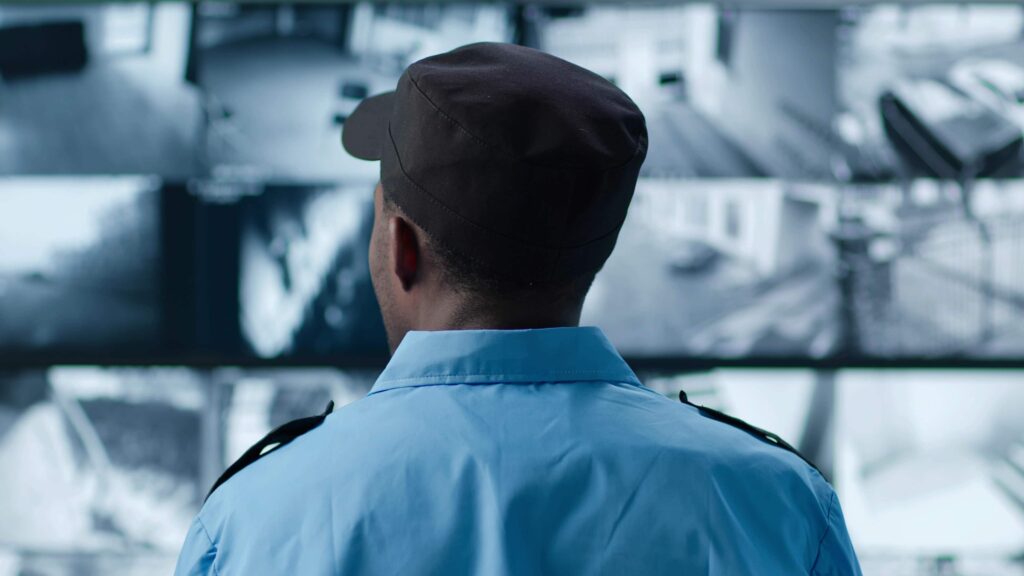What is Remote Security Monitoring? A Game-Changer for Los Angeles Job Sites
If you're managing a construction site, warehouse, or commercial property in Los Angeles, you know how challenging it can be to ensure security 24/7.
Traditional security methods like onsite guards are often costly and limited in scope. That's where remote security monitoring comes in—a proactive, cost-effective solution leveraging advanced technologies to oversee and protect your site.
This article will explore how remote security monitoring works, its benefits, and why it’s quickly becoming the preferred choice for contractors and property managers across Los Angeles.
What is Remote Security Monitoring?
Remote security monitoring combines surveillance cameras, advanced video analytics, and internet connectivity to deliver real-time oversight of your property. Often called remote guarding or virtual guard monitoring, this modern approach replaces or supplements traditional onsite security with cutting-edge technology.
Core Features of Remote Security Monitoring:
- 24/7 Monitoring: Continuous surveillance ensures your site is always protected.
- Video Intervention: Guards can engage intruders directly using loudspeakers to deter crimes in progress.
- Virtual Access Control: Manage restricted areas by locking/unlocking doors or verifying access credentials remotely.
- Video Verification: Verify crimes in progress to reduce false alarms and speed up police response times.
Why Remote Security Monitoring Outperforms Traditional Security
Security guards have long been a staple of job site protection but come with limitations. Remote security monitoring offers several advantages:
- Broader Coverage: While a single guard can only patrol one area at a time, cameras equipped with AI-powered motion detection cover your entire site.
- Proactive Protection: Traditional guards often react to incidents after they happen. Remote security monitoring prevents theft and vandalism by intervening in real time.
- Cost Savings: Reducing reliance on physical guards cuts labor costs significantly while improving overall security coverage.
AI’s Role in Remote Security Monitoring
AI and machine learning advancements have revolutionized remote security monitoring, making it smarter and more efficient.
How AI Enhances Remote Monitoring:
- Advanced Motion Detection: Filters out false alarms caused by wildlife or weather, focusing only on genuine threats.
- Behavioral Analysis: Detects suspicious activity, such as loitering near equipment or tampering with locked areas.
- Predictive Insights: Analyzes historical data to identify vulnerabilities and recommend proactive measures.
Applications of Remote Security Monitoring in Los Angeles
Remote security monitoring is particularly effective in high-risk areas like Los Angeles, where theft and vandalism are prevalent.
Here’s where it can make a difference:
- Construction Sites: Protect expensive tools, materials, and machinery from theft.
- Car Dealerships: Prevent catalytic converter theft and safeguard valuable inventory.
- Retail Parking Lots: Monitor large areas for suspicious activity and ensure customer safety.
- Warehouses: Secure goods against theft while managing access for authorized personnel.
Pros and Cons of Remote Security Monitoring
Pros:
- Cost-Effective: Reduce labor costs by replacing or supplementing onsite guards.
- Real-Time Response: Intervene immediately with loudspeakers, alarms, and police dispatch.
- Scalability: Adapt to your needs as your property or projects grow.
Cons:
- No Onsite Personnel: Lacks immediate physical presence for unforeseen emergencies.
- Internet Dependence: Downtime could delay video access or alerts.

